I hate to say it, but I’m going to anyway.
Speed and quality rarely have anything to do with each other.
Great content, both in scope and quality, takes time to come together.
As marketers, a lot depends on us being able to write remarkable content in record time.
As the CEO of Salesforce put it, “Speed is the new currency of business.”
The quicker you can create content, the quicker you can drive leads through your marketing funnels, generate buzz for your brand, and enhance every pillar of your business.
We’ve seen that search engines prefer long-form and comprehensive content.
In fact, the average word count of a Google first page result is 1,890 words.
Efficiency in your writing process is something you should work towards.
And it’s not impossible to achieve.
I’ve used some unique techniques to improve my speed and content quality over the years.
In this article, I will show you how to do the same.
Here’s what you can expect.
- Publish better content more frequently.
- Write faster without compromising quality.
- Take on bigger writing tasks and finish with time to spare.
If you put these techniques to work, you should be able to shave at least an hour of writing time for every article that you write.
Let’s jump right in.
1. Compartmentalize the writing process to avoid context switching
Want to know your number one productivity killer?
It’s multitasking.
Multitaskers experience a 40% drop in productivity, take 50% longer to accomplish a task, and commit up to 50% more errors.
The same holds true for the writing process.
You can fall into this rabbit hole one of three ways.
- Doing two things at once. For example, watching TV while you write.
- Transitioning into an activity immediately after you’ve just completed a task with different demands
- Switching from one task to another without completing the first. For example, editing while you write.
Every time you make that switch, your brain has to burn tons of calories to readjust.
The result of this context switching?
It stresses you out, wears you down, and prolongs a task that would otherwise take less time to complete.
I challenge you to designate some time to zone in on each task in the writing process.
Here are some of the tasks that you may choose to focus on:
Let’s break this down.
Step #1: Create an editorial plan
An editorial plan is important to the content creation process.
It ensures that all your content is tied to a bigger goal, so you can keep meeting your business objectives.
Here’s an example from HubSpot:
Ideally, you should have a prioritized list of topics ready to go.A solid headline will take
A solid headline will take time to compose. I recommend crafting a compelling headline for each topic during this process rather than when you sit down to write.
You can also speed up your brainstorming process by using a tool like HubSpot’s Blog Topic Generator.
Simply plug in some general topics and click “Give Me Blog Topics.”
The tool will spit out a few good ideas. Some will have weird phrasing, so you may have to reword them a bit.
Step #2: Gather your data
The point of research is to bring your outline together and to ensure that you’re creating an article of substance.
The more thorough your research, the better.
The more data-driven, the better.
But here’s the thing.
Quality data can take a lot of time to come up with.
Not only do you have to find the primary source, but you have to ensure that these sources are authentic and trustworthy.
The easy solution?
Build a swipe file of statistics.
I’m a big fan of swipe files. They allow you to compile everything you need in one place so you don’t waste time searching for information.
Here’s how you can curate data for your swipe file.
Keep tabs on authoritative websites in your niche
Chances are, someone else has already gathered the data that you need.
That’s where trusted industry blogs come in.
For one, trusted articles are usually data-driven. This means that you can always find relevant statistics by searching for content similar to yours.
You can also find curated statistics that are relevant to your industry.
Here’s a simple search formula: [niche] + statistics + [year].
Just look at all the results I got from searching for “content marketing statistics 2017.”
Click on one of the results, and you’ll get a ton of data points.
Set up Google Alerts
Why not make Google Alerts your research assistant?
Go to your account and create an alert for relevant data.
If you’re not specific about your search queries, your inbox will be filled with irrelevant data.
Here’s how to ensure that doesn’t happen.
- Use quotation marks around your search queries. If you were to set an alert for content marketing rather than “content marketing,” you would get an alert every time the words “content” and “marketing” appear. You don’t want that.
- Refine your search around specific sources that you know to be trustworthy. For example, “Content marketing” + “HubSpot statistics” OR “Content marketing” + “Harvard new research.”
- Opt to get your data once a week rather than daily.
Sift through online publications
Here’s the thing about industry blogs.
They’re a great source of data, but everyone uses them.
You’re more likely to find unique information in online publications such as magazines and catalogs (not just blogs).
They’re also easy to find.
Go to Issuu.com and plug in your keyword.
You’ll find lots of free publications, mostly magazines, related to your search term.
Make use of research databases
There’s no better source of research than databases dedicated to curating information.
Whatever type of supporting material you’re looking for, be it infographics, scientific studies, or presentations, you will find a database to serve your needs.
Here are some examples:
Step #3: Outline your article
It’s simple.
When you know what you’re going to write about, the words fall into place easier than if you were coming up with ideas on the fly.
A good outline gives you a holistic view of how your article will come together.
Aim to be as thorough as possible. The research process is key to ensuring that you have as much detail as possible.
This way, you can knock out each point without having to divert your attention away from writing.
The days of switching between ten different tabs for reference will be over. In turn, you’ll be minimizing distractions, which will save you so much time.
See how detailed this is? That’s what you want to strive for.
Step #4: Draft your article.
Have you ever heard the saying, “all good writing is rewriting?”
It suggests that the purpose of a draft is to get the words out. Perfection comes with the editing process.
I agree with this, but I also think you should strive for a usable first draft.
This way, your draft isn’t so far off from what your article should be that editing requires a complete overhaul.
That would be counterproductive.
With that said, here are some tips for writing a quality draft quickly.
- Use short sentences.
- Use bullet points and numbered lists.
- Connect the dots for the reader logically.
- Use topic sentences. (This type of sentence expresses the main idea of a paragraph.)
- Use transition phrases.
Step #5: Edit your article
“Write first, edit later.”
This age-old rule sounds simple, but it works.
When you edit while you write, you’re simply creating resistance to your flow. The constant writing and rewriting zap all the fun from the process.
Besides, writing and editing require different skills.
They also require different mental scripts.
I’ll explain.
The story you tell yourself when you write is different from when you edit.
Writing is about letting words out. Editing is largely about eliminating unnecessary words.
Writing requires flow. Editing requires discipline.
Do you see the difference?
I also recommend editing on a smaller screen.
Why?
When you have long horizontal lines to read, you tend to skip words. As a result, you could miss errors.
Narrower content width means your eyes don’t have much screen real estate to wander off.
You pick up errors quickly and more efficiently.
Pro Tip:
Structure your work week where you designate specific days for each of these tasks.
For example, you can choose to write a batch of outlines on Mondays, research all your articles on Tuesdays, and write on Wednesdays.
Sounds monotonous?
It’s actually not. You can still do other tasks on these days.
This is simply a way to streamline your days, so your work week is more productive.
2. Document the procedures that you use to complete each task in the writing process
Systems are serious business.
Writing is a creative task, so it helps to balance it out with a standardized process.
Imagine having to recall all the rules of headline writing every time you have to craft one.
Frustrating, right?
That’s why I’m a big fan of documenting my procedures.
- It takes the guesswork out of the game.
- It allows you to focus on actually doing a task rather than thinking about how to do it.
- It allows you to complete a task to a higher standard.
Here’s how you can do it.
Step #1: Write down a list of all the tasks required to write an article from start to finish.
These may include crafting a headline, keyword research, outlining, drafting, researching, and editing.
Step #2: On a separate document, write the step-by-step process that is required to get each task done.
Here’s an example:
3. Craft a mission statement for your article
Before you begin writing, it helps to know what the ultimate goal of your article is.
What transformation would you like readers to go through?
What informational nuggets would you like them to walk away with?
Beginning with the goal in mind is important for several reasons.
- You can reverse engineer your article to get your readers to that ultimate goal.
- It will be way easier to come up with action steps to substantiate your post.
- It prevents you from suddenly introducing new information that may not be useful to the end goal.
Your mission statement is not something that you have to fuss over.
It can be done by simply looking at your topic and deciding what you want readers to learn.
For example, in this post, I want you to walk away with strategies that you can use to write a quality article in less time.
That’s my mission statement.
From that, I know that every sentence I write should help you save time while still writing quality words.
4. Maximize your flow
Have you ever been so immersed in doing a specific task that time didn’t matter?
That focused state of mind is called flow.
And it’s where the best work happens.
So how do you achieve flow?
Well, most people don’t fall into this state intentionally.
It just happens.
But there are some things that you can do help yourself get there.
- Eliminate all distractions. This means logging out of social media, putting your phone on mute, removing yourself from noisy environments, and anything else that will help your focus.
- Avoid negative self-talk. Telling yourself that you can’t do something is the surest way to fail. Instead, you want to practice positive affirmations and remove yourself from anything that creates friction.
- Commit to the task so you feel in control of the outcome. I always recommend getting in tune with the number of resources that it would take to achieve a goal before committing to it. This way, when you do commit, you know it’s within your reach. How much time does it usually take you to write you an article?
- Go where the ideas flow. You don’t have to start writing an article at the beginning. If you feel like writing your conclusion first, go ahead! In fact, it gives you a sense of accomplishment when you knock off your conclusion first.
- Practice focusing on one task for extended periods of time. The focused state that leads to flow takes practice.
- Know what comes next at every step. Nothing creates resistance like being clueless about what to do next. This is why outlines are so important.
5. Write in timed intervals
Here’s the thing. Time is fixed.
We can’t influence it, but the tasks that we choose to do within a certain time have a massive impact.
Have you ever heard of “Parkinson’s Law?”
The law states that “work expands so as to fill the time available for its completion.”
I’ll explain.
If you give yourself three weeks to complete a task, chances are you may take the entire three weeks to do it.
Similarly, if you restrict the time that you have to write an article to three hours, it’s more likely that you’ll complete it within that time.
The trick is to block time out of your day to focus on writing.
There are even more techniques that you can use to maximize your productivity within that time allotted.
My favorite is the “Pomodoro Technique.”
The Pomodoro Technique is where you work in 25-minute intervals with 5-minute breaks in between. Every four 25-minute sprints, you take a longer break.
Here’s a breakdown.
- Select a task to focus on.
- Set your timer to 25 minutes.
- Begin writing until your timer rings.
- Take a 5-minute break after every 25-minute sprint.
- Take a longer break every time you complete four 25-minute sprints.
This system of work/reward allows you to work faster, recharge when you need it, and remain focused on the task at hand.
Here are two strategies for reaping the most benefits out of the Pomodoro Technique.
1. Break down large tasks into a series of smaller tasks
Now that you know how to structure your time, why not break down your work to complement that?
I’ll show you how.
Let’s say that you have a 5,000-word article to write.
You’ve outlined ten subsections including your introduction and conclusion.
You plan to write 500 words in each section.
Of course, you will not follow through with this entirely, because some sections may require more depth than others.
At least you have a ballpark word count that you need to hit.
You can take it further and commit to completing each subsection in 25-minute intervals.
You’ll find that it takes you way less time to complete an article.
2. Track your writing activity in a spreadsheet
If you want to continue improving your writing speed, it’s important that you measure your performance.
The Pomodoro Technique provides a brilliant structure for keeping a performance scorecard.
Here’s how you can organize your spreadsheet:
This version is basic and easy to use for a beginner.
You can make your spreadsheet even more detailed.
- What time did you begin and end each 25-minute sprint? This will help to decide if you have an ideal writing time.
- What tools did you use to speed up the process? Did you use any dictation tools, editing apps, or text expanders?
- What was the nature of the work that you did? Did you outline, write, or edit?
- Where were you? More often than not, writers have an ideal spot that allows them to write better quality words faster. It allows you to determine where you work best so you can capitalize on that.
6. Keep swipe files
Earlier, I referenced keeping a swipe file for your data.
But it doesn’t stop there.
You can do the same for other elements in your writing.
Here’s what I recommend.
Step #1: Document the transition phrases that you use frequently.
There are only so many ways you can transition from paragraph to paragraph.
Take a note of all these phrases and create a swipe file.
Here are some examples from Brian Dean:
He refers to them as “Bucket Brigades,” but they serve the same purpose as transition phrases — to make your writing more readable and captivating.
In fact, at Backlinko, the average time on page is 4 minutes. Brian attributes this to his use of Bucket Brigades.
Give them a try!
Step #2: Collect samples of articles that you consider to be the gold standard for your industry
Every writer needs a swipe file of winning content for inspiration.
Is there a particular blog that you read frequently?
Or a blogger whose writing style you admire?
Collect some of their best posts in one location and read them before you begin writing.
It will get your creative juices flowing and will give you some ideas.
It also helps when you consume lots of information.
Reading and writing go hand in hand.
The more knowledge you have, the easier the words come together.
7. Automate as much as you can
No matter how quickly the words flow, you still have to type them manually.
That’s where automation tools come in.
Here some options.
Use a dictation tool
This is excellent for so many reasons.
For one, you can speak faster than you type.
Second, it’s difficult to edit dictation, so it’s going to help you kick the habit of editing while you write.
My favorite tool is Google Docs Voice Typing. It has remarkable accuracy and its free. There are also lots of voice commands that you can use for formatting and editing your articles.
You can also use Apple Dictation for Mac users and Windows Speech Recognition for Windows.
Use a text expansion tool
A text expansion tool allows you type in a few letters and the text expander fills in the rest for you.
You can program the tool with custom keyboard shortcuts for text that you use frequently.
Some examples:
- Industry specific keywords. If your writing is focused on one industry, there will be many words that frequently show up in your writing.
- Transition phrases. You can set shortcuts for the phrases in your swipe file.
Need some options?
TextExpander, Breevy, and TypeIt4Me are your best bets.
Use a spell-checking and grammar editing tool
Naturally, this won’t replace your editing process.
But you can use an editing tool like Grammarly as a precursor to your editing process. It will catch simple grammatical errors, and you can do the heavy-duty stylistic editing.
I also highly recommend the Hemingway App. Aside from helping with grammar issues, Hemingway App helps you with the readability and flow of your article.
Both of these tools will save you tons of editing time.
Conclusion
Writing is a skill that we have no choice but to master.
As marketers, there’s an increasing demand on the frequency at which we have to produce great content.
Fortunately, there’s an easy fix.
If you want to increase the speed and quality of your output, make use of the techniques discussed in this article.
You will be able to write way faster without compromising on substance.
It will take some practice, but as long as you put in the work, you’ll be on your way to producing epic content in record time.
What does your writing process look like? What techniques do you use to save time?

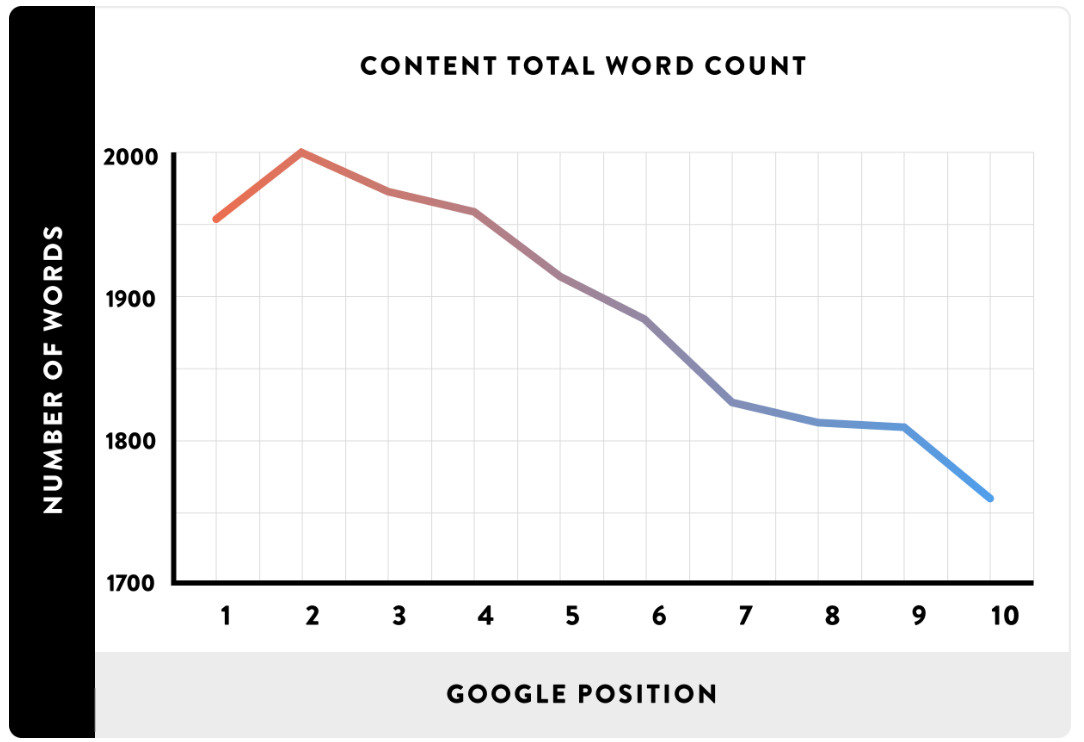

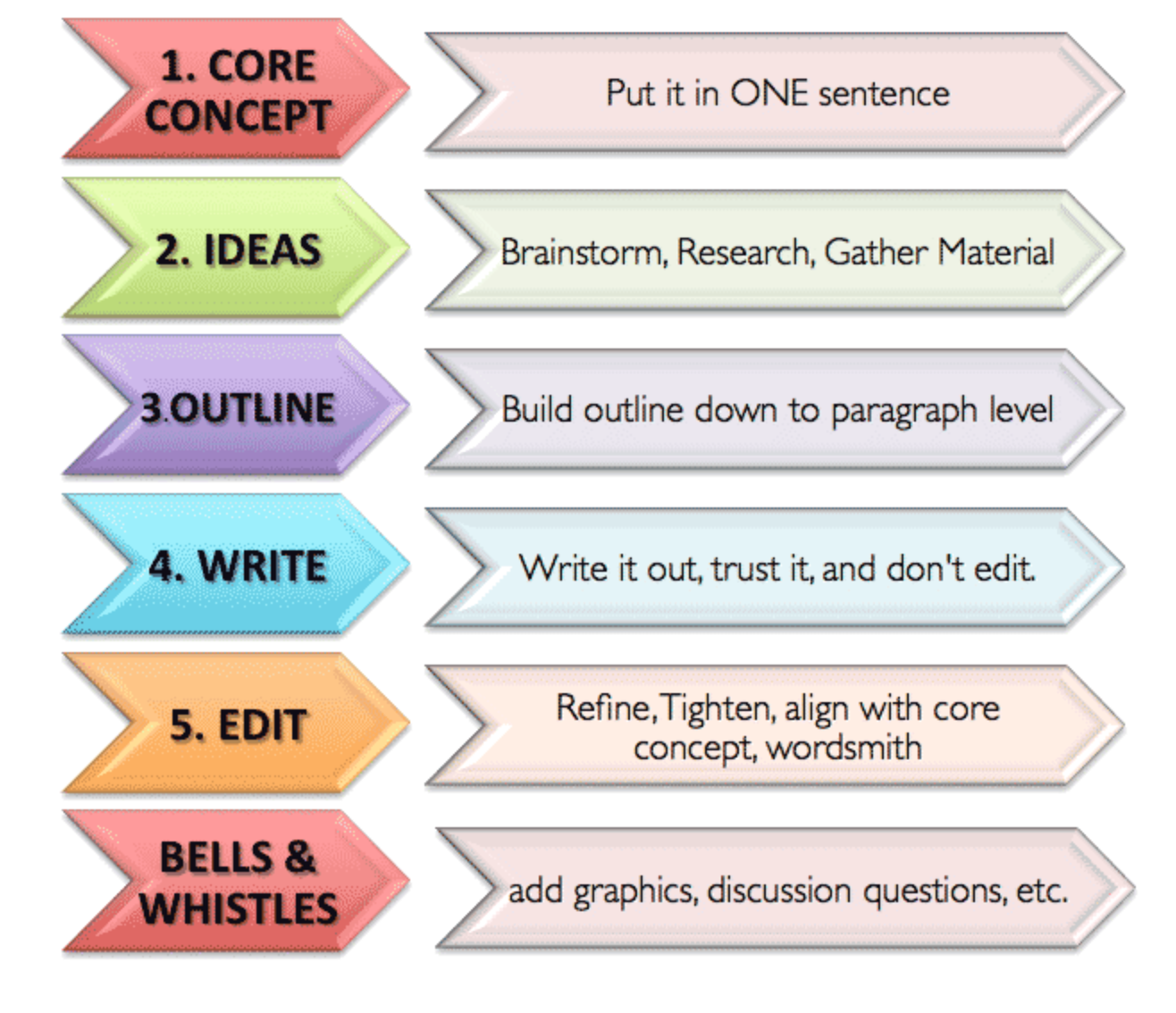

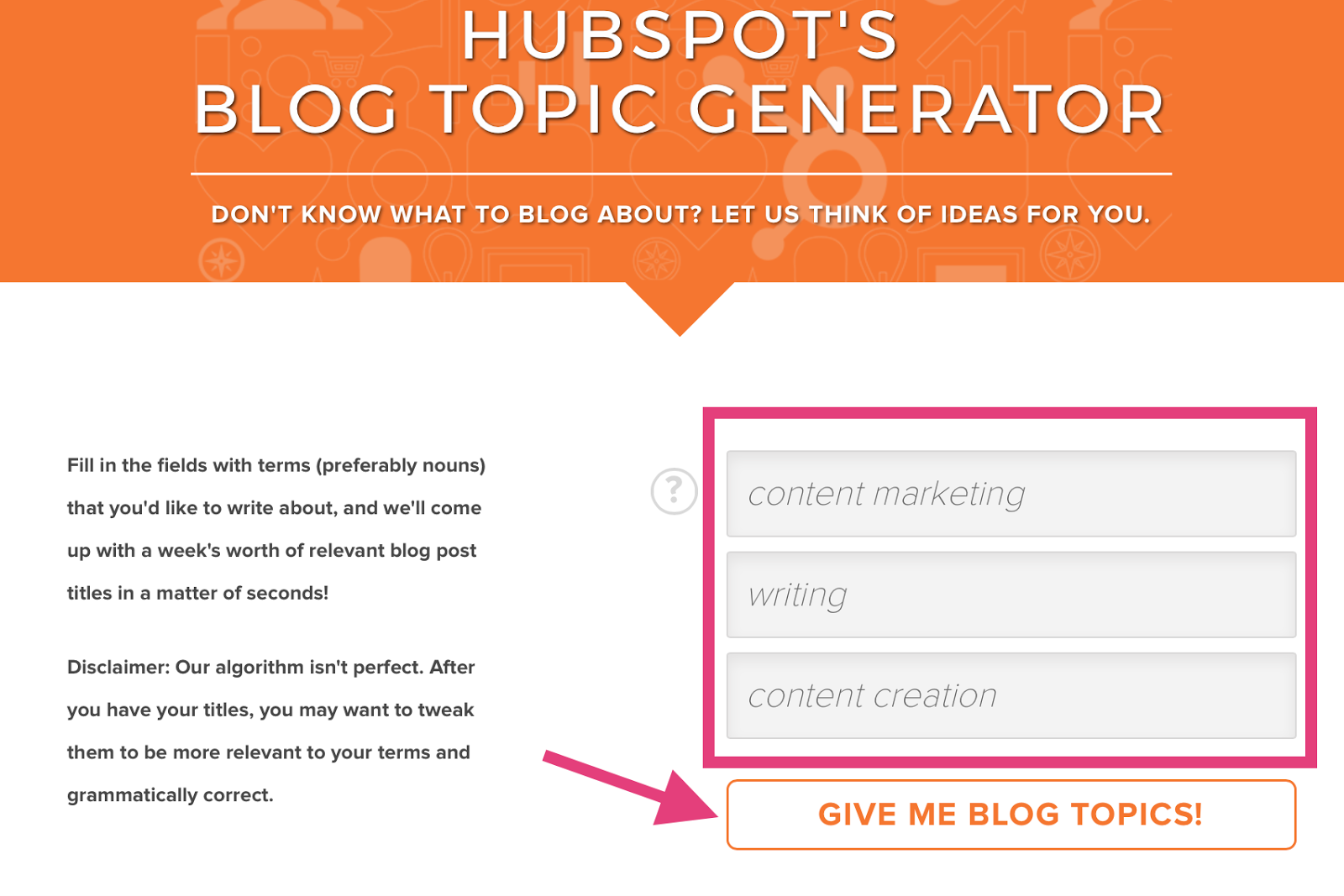
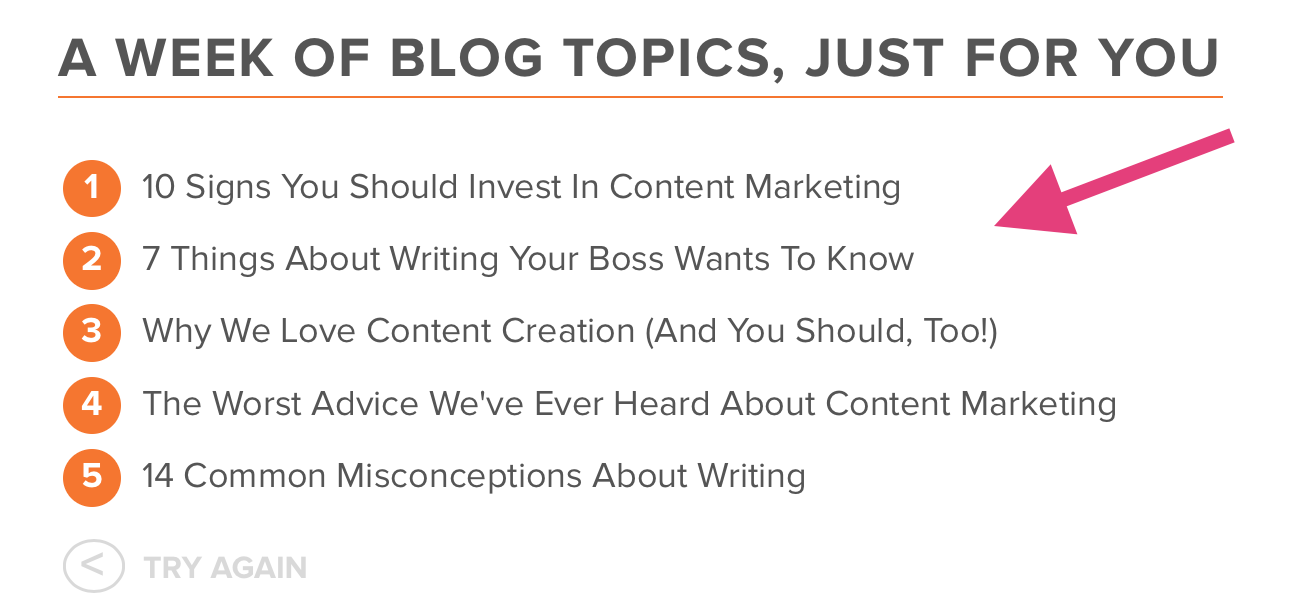
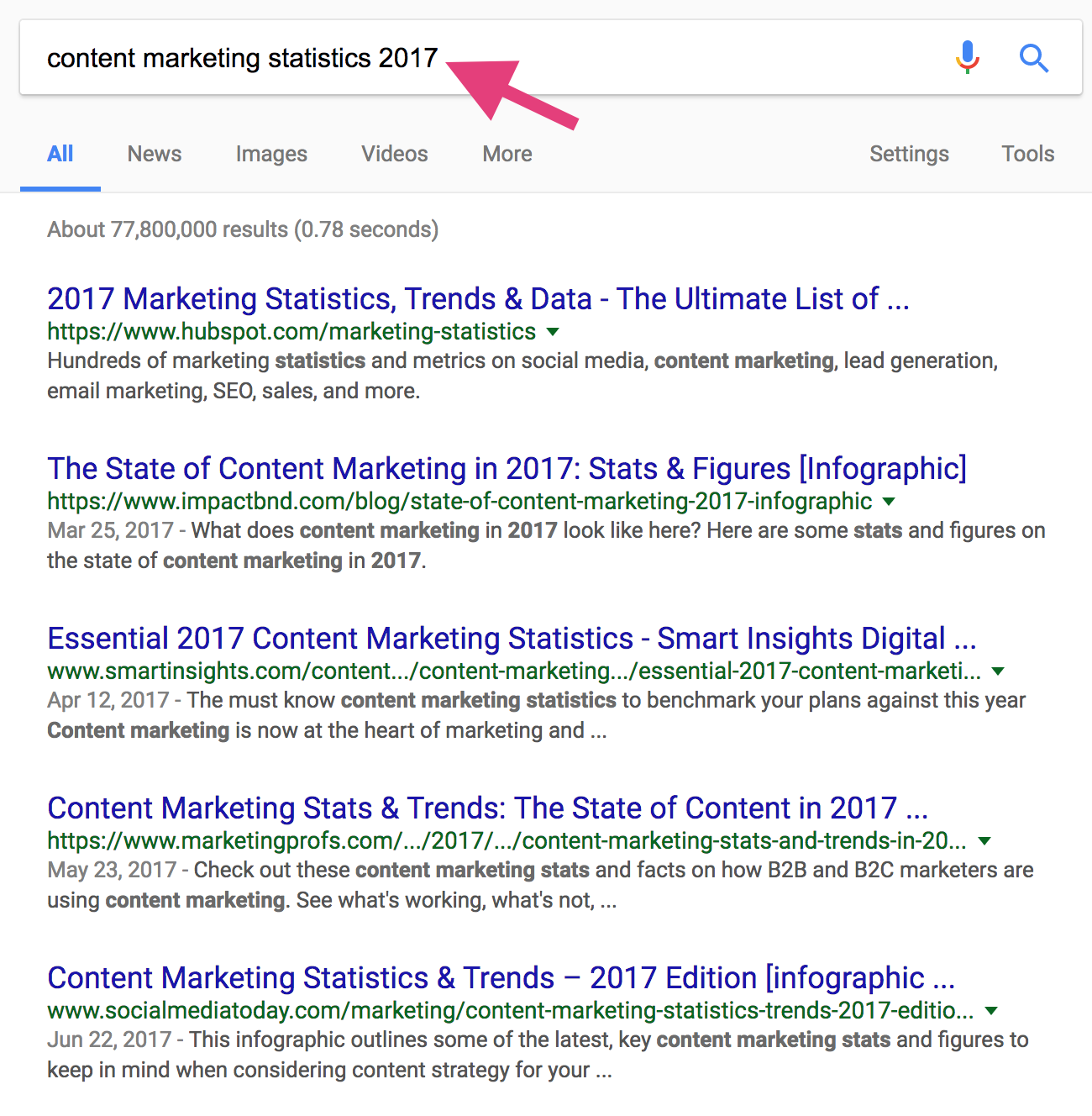
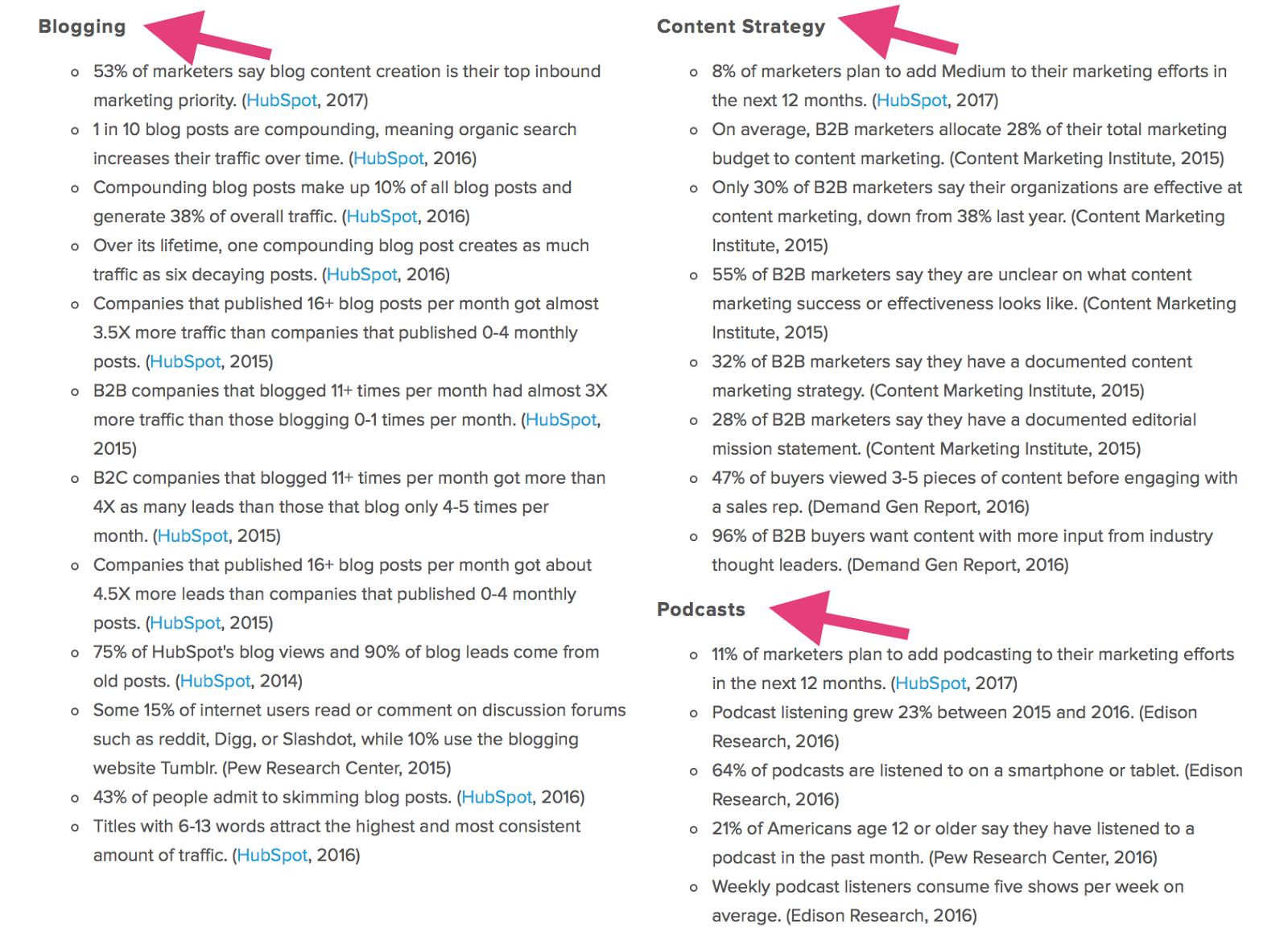


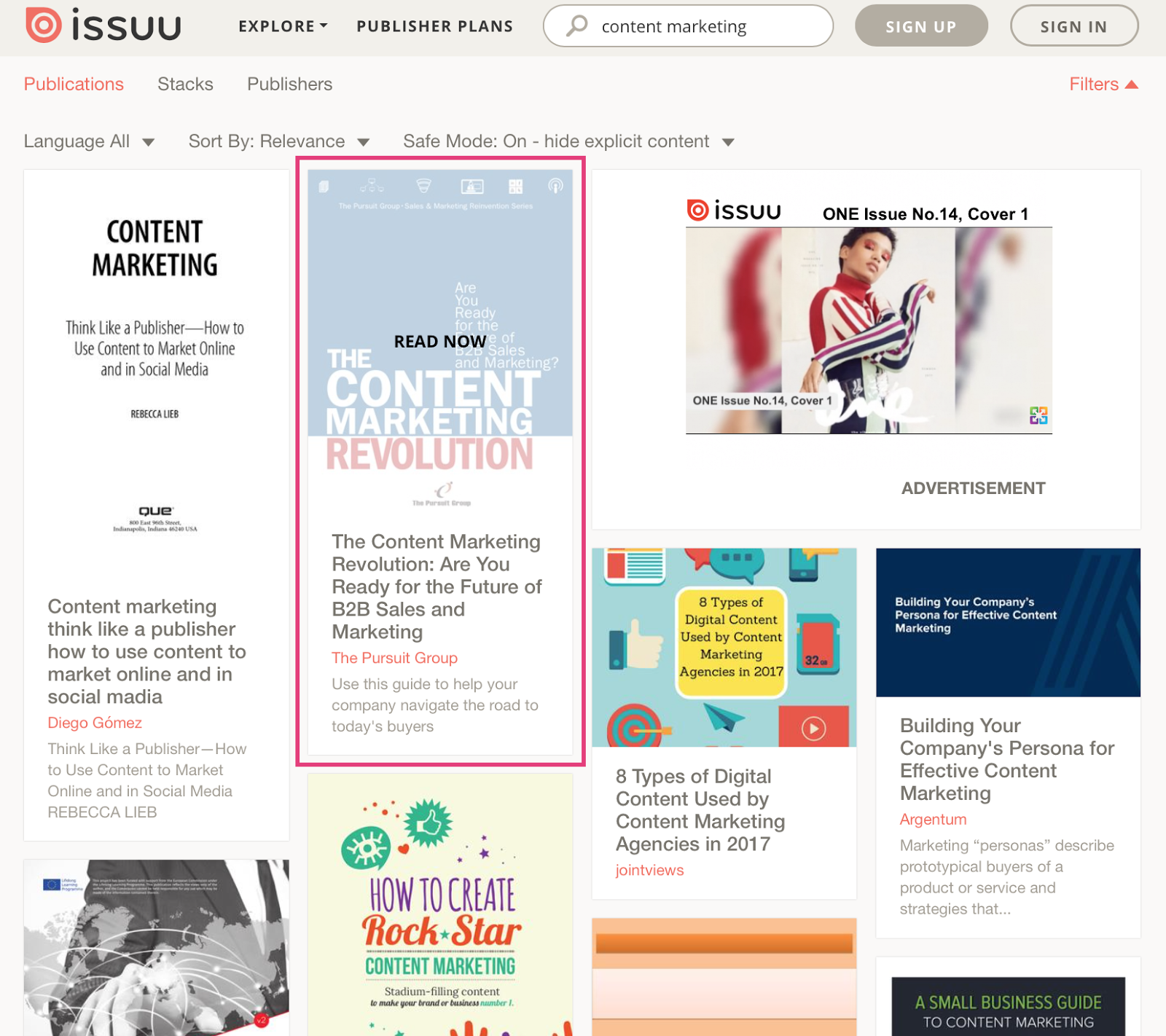
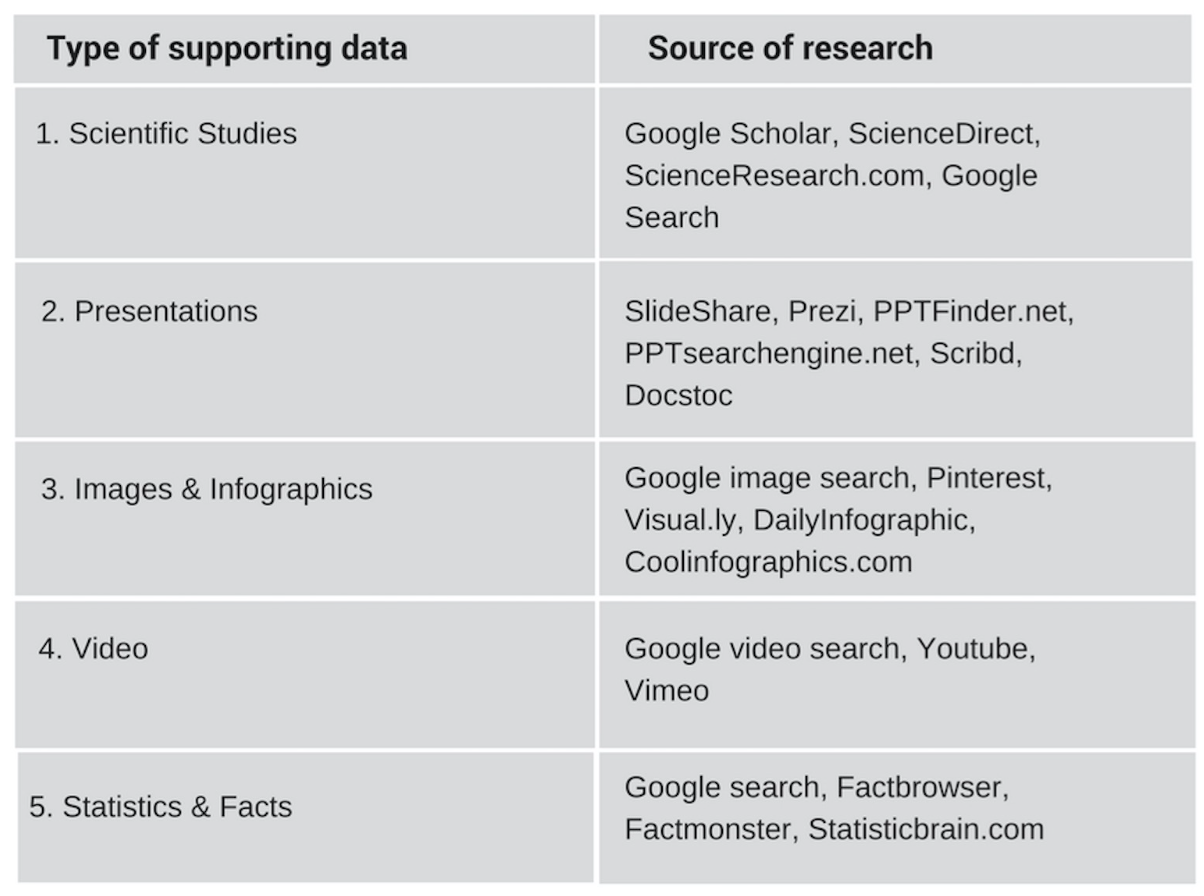
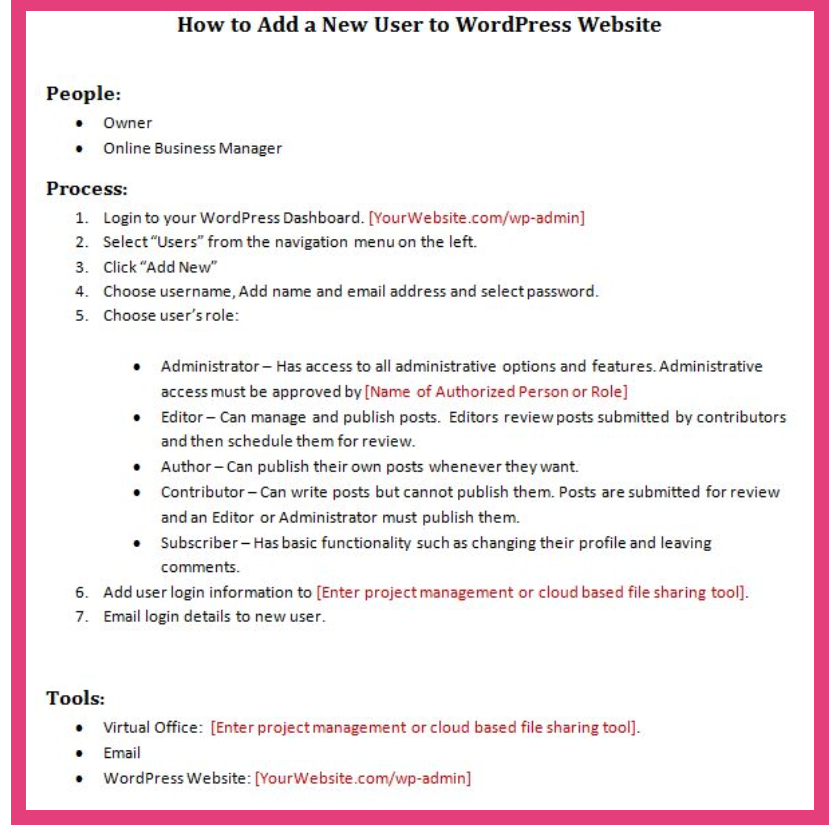

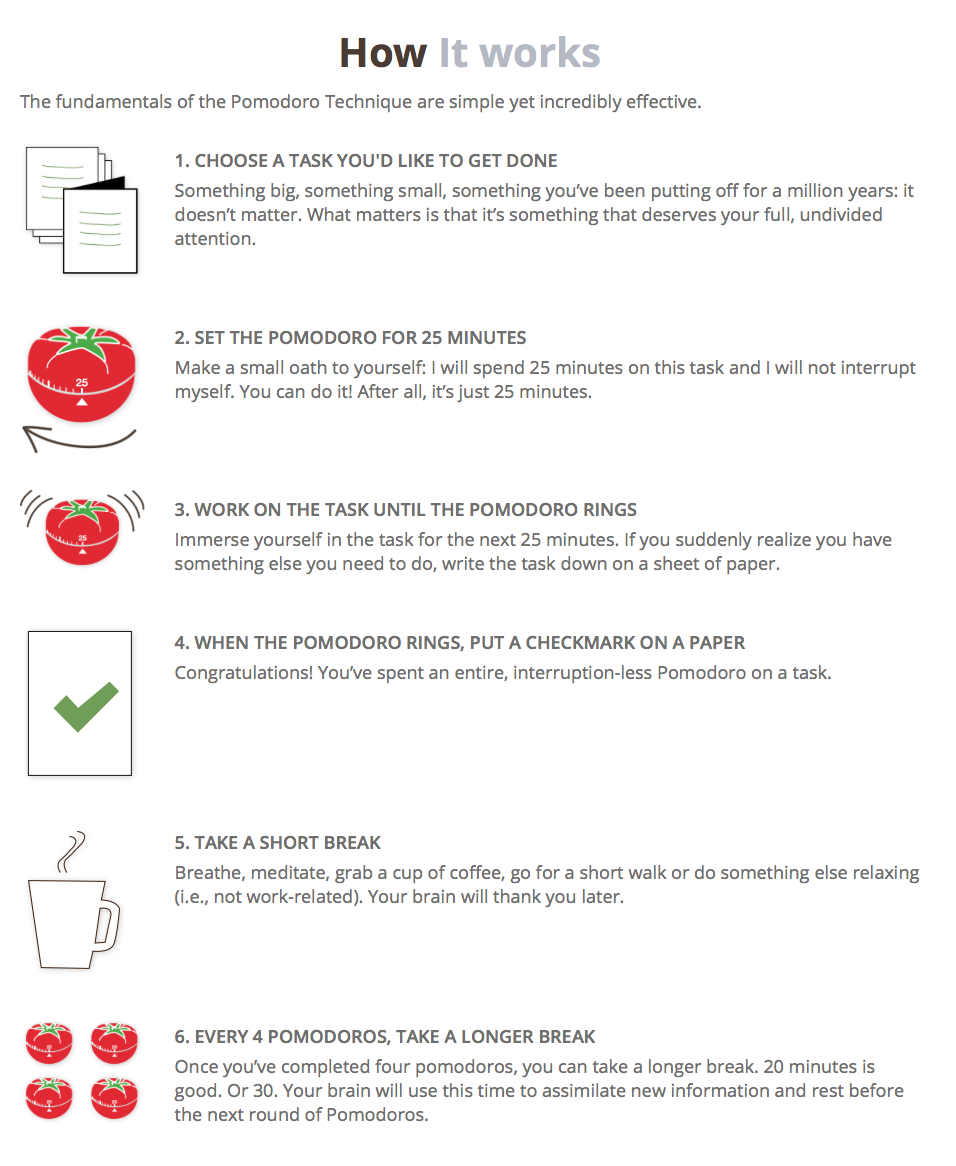
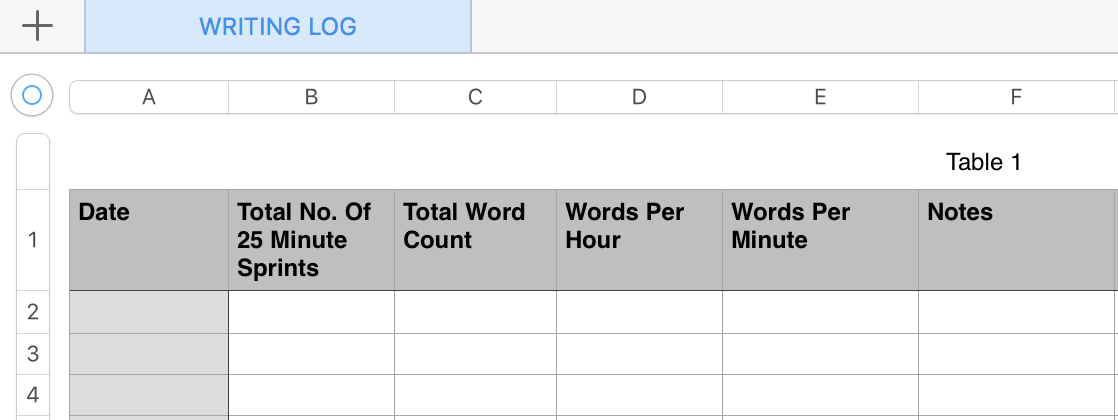

Comments (24)